There are believed to be around 180 different varieties of Psilocybin mushrooms. Psilocybin is the main psychoactive compound in these hallucinogenic fungi, also known as shrooms, or magic mushrooms. Many of these mushrooms can be identified by long slender stems with golden to tan caps, and yet some look completely different.
Although many varieties can be grown right here in Canada by our skilled horticulturists at Zoomies Canada, many do grow outdoors further south in the Pacific Northwest, where the most potent species (psilocybe azurescens) grows, and also in the southeastern corner of the U.S., where the same species typically grows in acidic soil. In both places, they thrive being fertilized by cow or sheep dung.
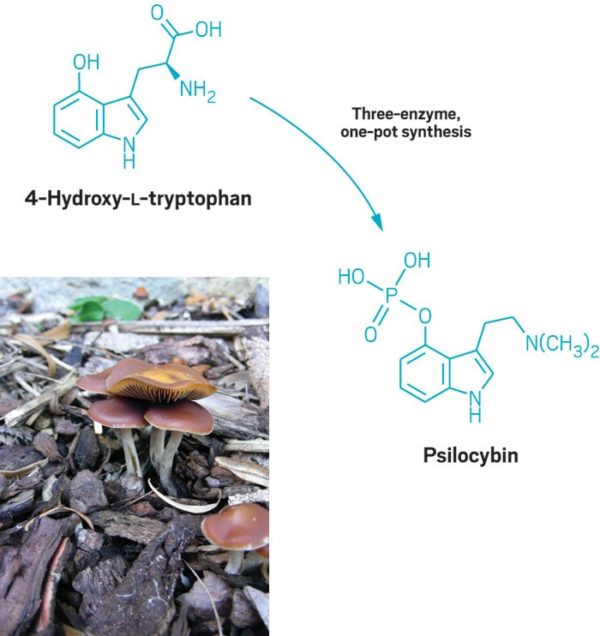
Table of Contents
How Do Hallucinogens Like Psilocybin Work?
Considered one of the “classic psychedelics,” psilocybin is classified as such due to its ability to induce mood changes, thought and perception, by affecting the neurotransmitters in your brain. Psilocybin shares this classification with other psychedelics like lysergic acid diethylamide (LSD) and mescaline.
When you ingest magic mushrooms, psilocybin is broken down into psilocin. This compound behaves exactly like the neurotransmitter serotonin. By reacting with serotonin transmitters, psilocin regulates mood and affects perception. The resulting hallucinations cause images, sounds, and sensations that seem real.
You may find that your senses begin to merge. when someone is affected by psilocybin, they may mix two senses; for instance, they may be able to “smell colours.” People using psilocybin have also described their experience as something that significantly changed how they think about themselves.
Psilocybin offers relief from several disorders, including depression, smoking, alcohol addiction, cocaine addiction, headaches, cancer-related, or life-ending distress.
But What About Microdosing?
Experiencing a brain boost can be achieved by taking small amounts of psychedelic drugs, like LSD or psilocybin, at a microdose level, on a semi-regular basis. Used by some to elevate their perception and creative abilities, microdosing appears to make people more productive and more focused.
Microdosing can also alleviate depression, anxiety and increase perception. This dosing should be limited to one-tenth to one-twentieth of the regular dose that one takes for a trip. The effects should be sub-perceptual and cause no hallucinogenic experiences. Those who microdose report to be more productive, more resourceful, and more focused.
Preparing for Microdosing
A natural alternative to an organic chemistry lab to synthesize LSD is the psilocybin mushroom. You can either purchase legal psilocybin or grow your own psilocybin mushrooms for your consumption. But be aware, preparing psilocybin for microdosing is a bit of a chore and an investment in equipment.
Microdosing Considerations
Once you have obtained your mushroom, consider this:
- Fresh mushrooms can be greater or less than 10% of their dry weight. So, if you take 4 grams of fresh mushrooms, you could get more or less than 0.4 dry grams from it. This depends on the mushroom itself and other factors related to conditions of its environment, like moisture.
- Not only do caps and stems contain different levels of psilocybin, but different varieties also have psilocybin levels in other parts of the growth like the sclerotia (the truffle) of the Psilocybe tampanensis mushroom, which contains high levels of potent psilocybin. Grinding your mushrooms into a fine powder is always advisable because the caps are frequently more potent than the stems. The psilocybin content in the P. cubensis cap is 1.35% in its cap and 1.27% in its stem, making its caps slightly more potent than its stem. There are portions of stems that contain almost no psilocybin.
- Changing the strain you are microdosing from one strain to another during your regimen makes the precision difficult. This means you are ingesting varying amounts of hallucinogens from one dose to another. The content of psilocybin varies from mushroom to mushroom.
- Ironically, smaller pinhead-like mushrooms that didn’t grow any bigger can be more potent per gram than larger ones. So, it is true that selection is critical as psilocybin content changes during different stages of development.
- Dried psilocybin truffles often contain less psilocybin than dried mushrooms.
Preparing Psilocybin Mushrooms for Microdosing
- For a consistent psilocybin microdose, powdering your mushrooms is by far the best way.
- To equalize the variance and make your experience more consistent and predictable, grind your mushrooms together, caps and stems and from mushroom to mushroom.
- To dry your shrooms in preparation for microdosing, try placing them in a box with Epsom salt to preserve the consistency and efficacy of the mushroom. If you are careful, you could try the low heat of an oven (be careful though, heat can degrade the psilocybin), or maybe just lay them out on a towel.
Microdosing Psilocybin Mushrooms
Zoomies intends to make sure that your microdose is a simple process and that we provide a guide to preparation and dosing. We hope we can guide you from wondering what it is like, to experiencing it.
To start your microdose, dry a batch of mushrooms, grind them into a powder, and measure out 0.1g of powder to begin your microdose regimen. This is a bit more complicated than microdosing with LSD, but it is still pretty straightforward.
Microdosing psilocybin mushrooms will not cause any significant mood changes or mind-set changes. The benefit will be slight but evident over time. After you try it for the first time, you may want to adjust your amount. To find your microdose “sweet spot,” you may start the first dose with too much, yielding a drowsy effect (the first sign of a trip). If you feel that, try rolling that back a bit.
The most popular kinds of magic mushrooms are Psilocybe cubensis, Psilocybe semilanceata, Psilocybe azurencens, Psilocybe cyanescens, and Panaeolus. You can select any psilocybin mushroom to microdose, but it is important to note that various strains have different amounts of psilocybin, so adjust your microdose accordingly.
The most practical way to microdose is to precisely measure your dose and fill up a capsule with the powder. Swallowing a pill addresses the problem most people have with the taste and ensures that you get an even dose throughout your scheduled regimen. You could also prepare a psilocybin tea. Although heat degrades psilocybin, the tea’s heat should not be enough to affect it, and you can add some honey for flavour.
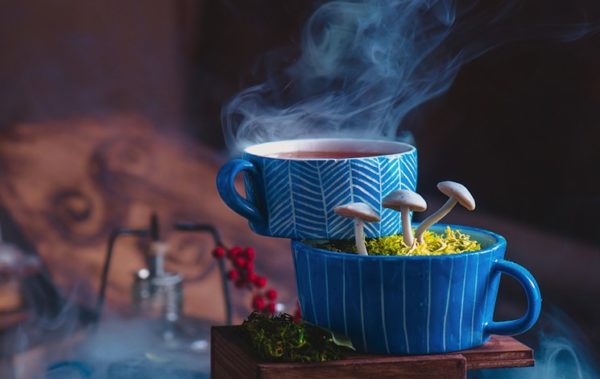
The Microdosing Schedule
Most people choose to microdose during the day, this way, the dose will affect you when it benefits you the most. Microdosing at night might cause you to lose sleep. The most recommended schedules are to take a dose every three days. Your program might be as follows:
- Take a microdose of magic mushrooms on day 1
- Skip your microdose of magic mushrooms on day two and day 3
- Then, take your next microdose of magic mushrooms on day 4
There are a couple of essential things to remember when microdosing. First, it is a very precise process, and you should make sure that you adhere to the regimen. Second, the schedule is meant to ensure that you benefit from the therapeutic effects without experiencing a hallucination. Also, some report that they build up a tolerance level. This schedule is meant to address that, so you don’t have to increase your dosage.
The guidelines we provide are meant to guide you, the user, through a basic understanding of microdosing psilocybin. There are no set rules for everyone. Microdosing psilocybin is different for everyone due to age, sex, physiological status, overall health, and frequency of use.
At Zoomies, your health and well-being are the most important things to us. We want to guide you in your journey and in meeting your goals. You can be assured of the highest level of efficacy and purity when choosing Zoomies for your shroom delivery and as a guide for your journey.

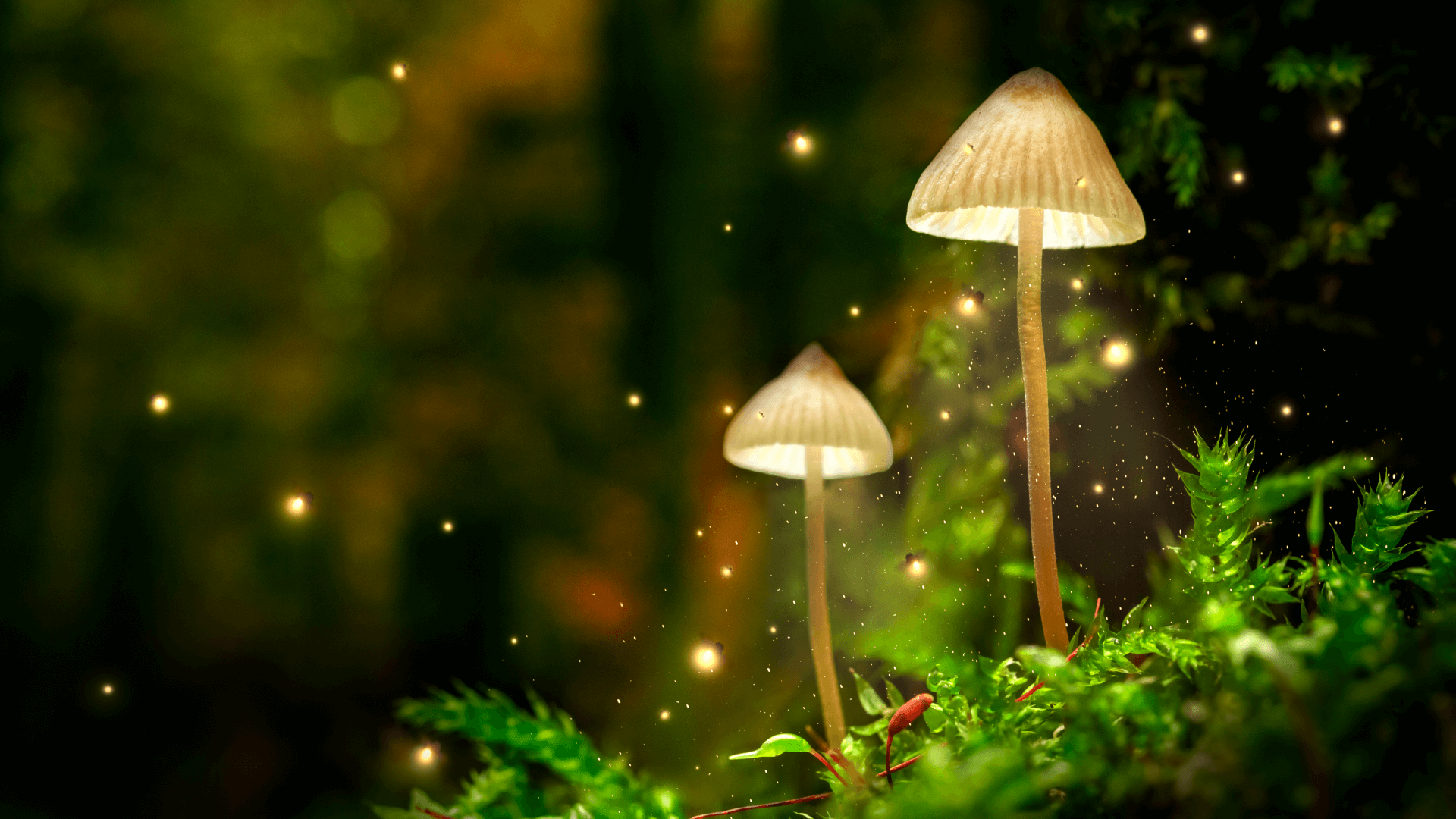
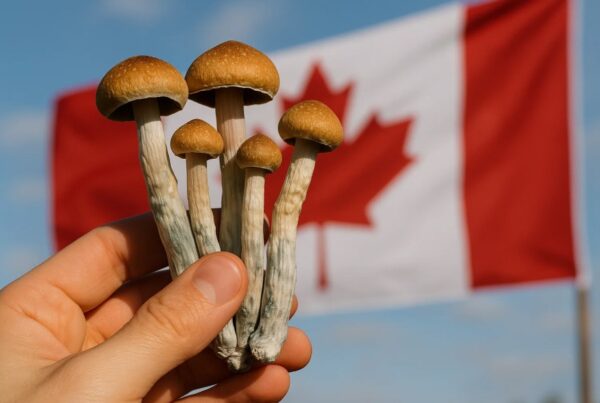
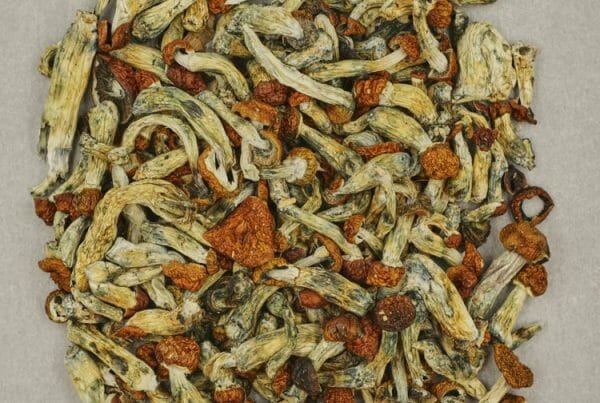
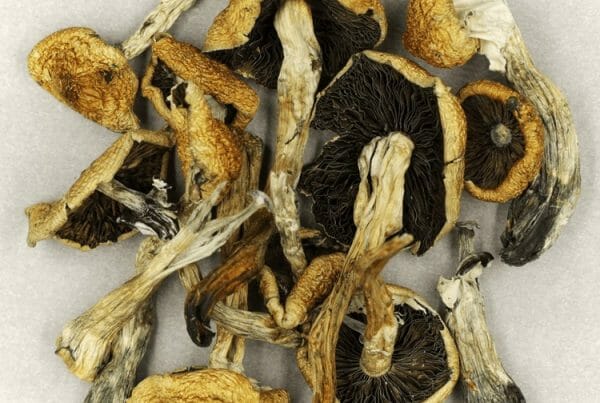

Hello, I’ve just started taking Focus and was told to take it 3 days on( in a row ) and 4 days off. Is it ok to switch to your recommendation of every 3rd day? Thanks